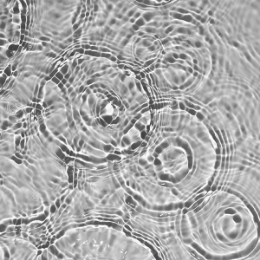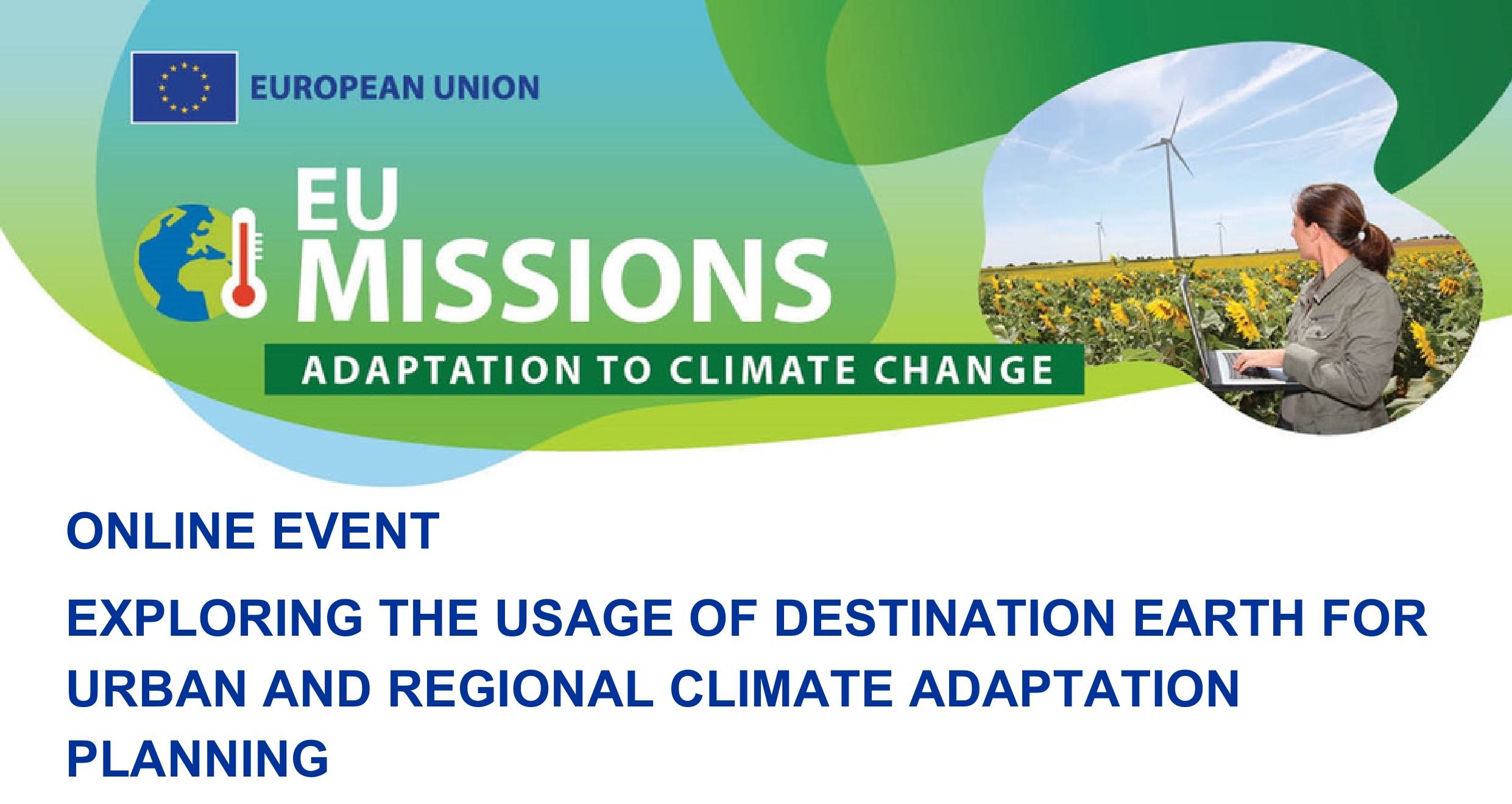This event will introduce the DestinE platform, Data Lake’s edge services and data assets and the DTs capabilities, helping Mission Projects, cities, and regions understand how to leverage DestinE tools, services and applications for climate adaptation planning. Dedicated breakout sessions will give participants the opportunity to provide feedback on user needs, challenges, and expectations, guiding the future development of DestinE services.
Participants are expected to have a basic understanding of climate adaptation data, experience using web-based or cloud-based service platforms, and familiarity with data management for decision-making support.
Destination Earth (DestinE) is a flagship initiative of the European Commission aiming to develop a highly accurate digital replica of the Earth to monitor and simulate natural phenomena, hazards, and human activities.
Within the DestinE, the first two high-priority digital twins, on Weather-Induced Extremes and Climate Change Adaptation have been developed enhancing the EU’s digital capabilities and supporting climate adaptation strategies to meet the challenges of climate change and related extreme weather events.
The Climate Change Adaptation Digital Twin (Climate DT) within DestinE provides multi-decadal (1990 to ~2050), high-resolution climate projections (5 to 10 km) and sector-specific data, supporting climate adaptation planners and decision-makers in addressing climate change impacts. Data from the Climate DT simulations can be accessed by registering on the DestinE Service Platform requesting upgraded access.
The DestinE Weather-Induced Extremes Digital Twin (Extremes DT) supports responding and adapting to extreme events in a changing world by providing a capability to produce tailored simulations and address what-if scenarios related to extreme events in a past, present and future climate. The Extremes DT combines cutting-edge Earth-system models, impact-sector models and observations. It uses a global and a regional component to provide information on extreme events on a timescale of a few days ahead, at very high spatial resolution (4.4 km globally, 500 – 750 m over Europe).













